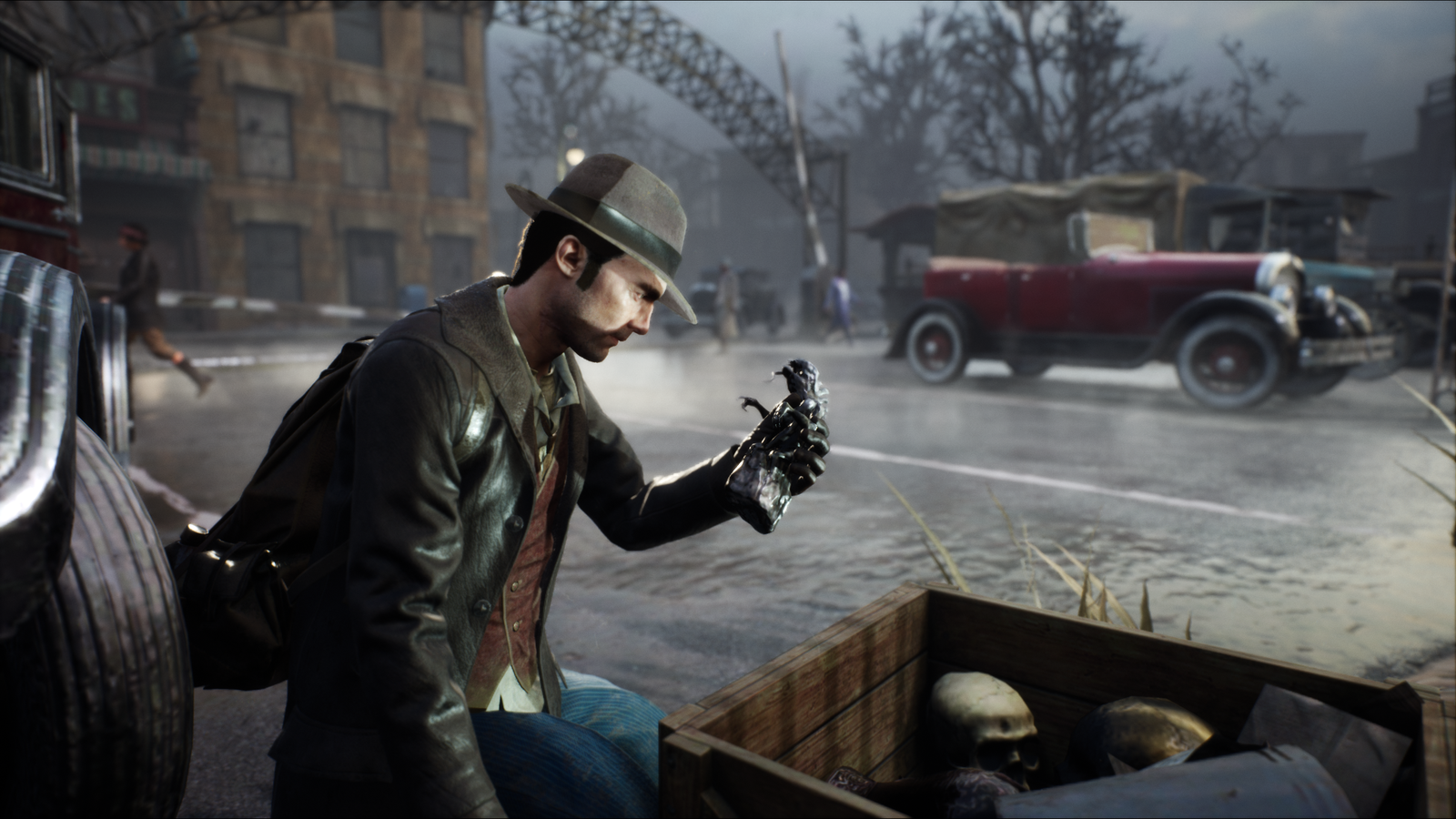

And if that wasn’t enough, Charles has a supernatural sense of observation – his ‘Mind’s Eye’ – that lets him detect hidden areas and reconstruct key events of a case in a shadowy apparition. You can access multiple archives around the city, including library records, police crime data and hospital records, to find extra information to further your investigation. Some clues give the approximate whereabouts of a location that you can then pin on your map, a mechanic I wish more games used. Search for clues and these are added to your casebook. When you get to grips with it, however, there are some interesting ideas that make you feel like a real detective. And to search a chest or cupboard you have to hold the button down for a couple of seconds, for some reason, otherwise it closes again.
#The sinking city pc how to
I had no idea how to equip my weapon or even what the button for ‘attack’ was. The first enemy I faced – the first of many gangly, tentacled mutants called wylebeasts – appeared out of the blue during an otherwise peaceful scene. Unlike almost every other game from the past ten years, The Sinking City doesn’t make much effort to teach you how to actually play it. Not only is the modelling sub-par, it’s also guilty of too much repetition across both civilians and quest NPCs. He may be sleep-deprived, sure, but his vein-strangled eyeballs are too ridiculous to take seriously. This applies even to Charles Reed himself. Character models look downright creepy, and not just in an intentional horror manner, leaning too far in the uncanny valley direction. Unfortunately, this isn’t always implemented in the right way. The Sinking City is not afraid to be weird. And that’s just the humans – you’ll also be dealing with an elite family of ape hybrids and a grotesque race of fish-men called Innsmouthers. A devout cultist, ornate markings on his white robes and tattooed across his body, preaching wild dogma. A man brazenly hauling a bleeding sack of human remains over his shoulder. A woman in rags, wildly muttering to herself.

You only need to take a look at its citizens, too. It all feels like something’s not quite right, underlined by an unnerving ambient soundtrack. A scaly mass chokes the lands surrounding water, while a hazy fog hangs in the air. Many buildings still stand but in utter disrepair, the walls and floors ripped apart in places and plagued with damp. Half its streets have succumbed to the waters, necessitating traversal by boat. I’ve never seen a game world quite like Oakmont. Charles is dead set on getting to the bottom of these strange occurrences and putting a stop to them – if nothing else, just so he can get a sound night’s sleep.

Disturbing nightmares and visions compel him to visit Oakmont, a city besieged by catastrophic flooding and mental breakdowns amongst its residents. You play detective Charles Reed, a war veteran and private investigator with the goofiest run and all the personality of a can of Smart Price baked beans. By far the biggest release from developer Frogwares, this open-world solve ’em up is unique and atmospheric but doesn’t truly meet its ambition. After a long period in development, the latest ode to tentacled terror is The Sinking City. As well as the obvious Call of Cthulhu, we’ve had the Steampunk space-exploring Sunless Skies and the narrative card game Cultist Simulator, to name but a few. There’s been something of a renaissance for Lovecraftian horror recently.


 0 kommentar(er)
0 kommentar(er)
